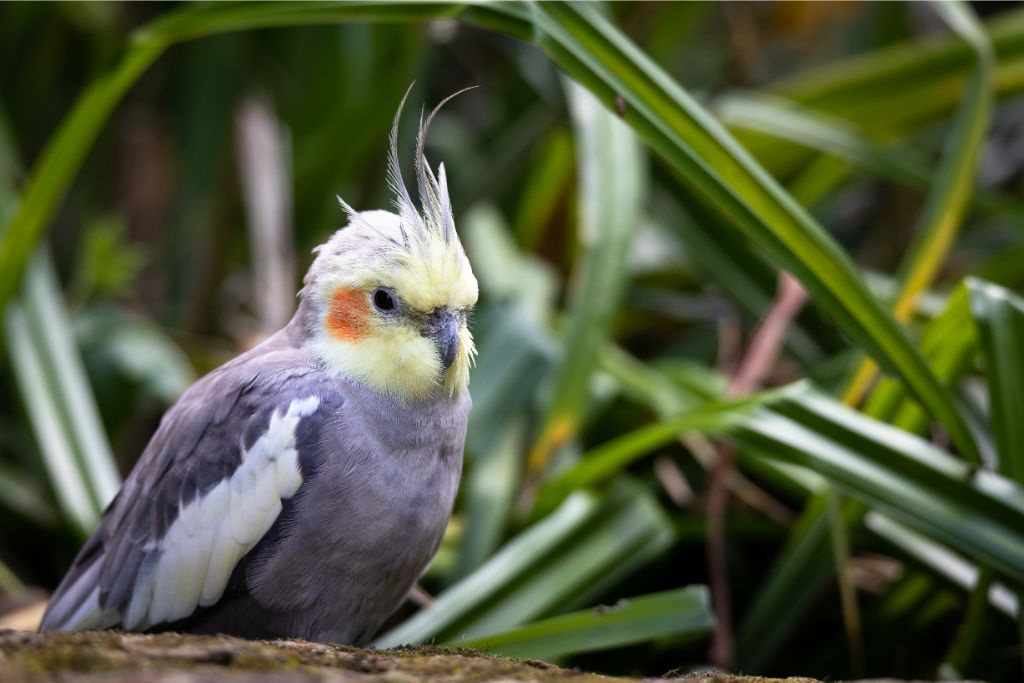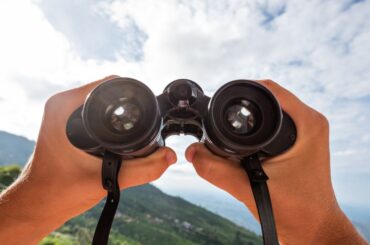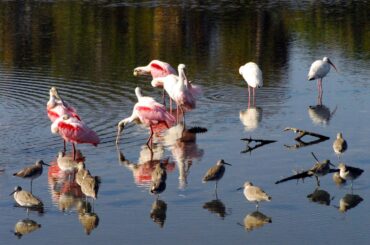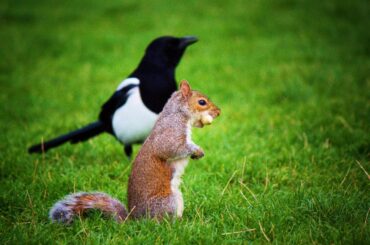Have you wondered what would happen if you touched bird wings? Is it safe to do? This post discusses birds and why you shouldn’t touch their wings.
Birds are amazing, delicate creatures that need their wings to survive. Birds fly, control their body temperature, and dodge predators via feathers and wings. Handling their wings can damage their feathers, which are vital for flight and insulation.
Why should bird wings not be touched? This article informs you about the risks to these magnificent species. We can safeguard these beautiful birds and ensure their survival in the wild by recognizing the repercussions of touching their wings.
The Fragility of Bird Wings

Bird wings are incredibly delicate and crucial for a bird’s survival. They are like well-constructed instruments tailored to the bird’s lifestyle. These wings are needed for flying, hunting, and fleeing predators. Birds would struggle in their surroundings without them.
Their wings are unique in their structure and function. They are lightweight and covered in feathers, which help maintain balance and provide lift during flight. The bones inside a bird’s wing are thin and hollow, making them light yet strong.
Muscles work harmoniously to flap the wings, creating the necessary thrust for flight. They also use their wings for communication, like displaying vibrant colors during courtship rituals.
Its wings are fragile and easily damaged. A bird can die from a little injury. Pollution, hard weather, and collisions with other birds can damage their wings. Since damaged wings make flying, hunting, and fleeing difficult, birds must protect them.
Why People Might be Tempted to Touch Bird Wings

Before discussing why people touch bird wings, it’s vital to grasp some frequent explanations and myths.
- Curiosity: People are naturally intrigued by things, including birds. They may touch bird wings out of curiosity and a desire to connect with nature.
- Lack of Awareness: Touching bird wings can be dangerous, although people may not realize it. If they’re not taught to respect wildlife, they may think it’s harmless.
- Misguided Beliefs: Misconceptions regarding bird behavior include thinking birds are pets and don’t mind being touched. These beliefs can lead to misguided actions.
- Ignorance: One common reason is not knowing any better. Some people might not be aware that touching bird wings can harm delicate feathers and even stress the bird. Teaching them to retain a polite distance can prevent such actions.
- Desire for Connection: Humans often deeply desire to connect with the natural world, and birds are beautiful and intriguing creatures. It’s crucial to note that enjoying their beauty from afar is a healthier way to connect.
- Lack of Understanding: It may need to be clarified that birds have distinct bounds from domesticated animals. Birds, unlike pets, are wild animals that must fly to escape predators. Touching their wings can disrupt this ability.
- Cultural Beliefs: In some cultures, traditions or beliefs may be associated with touching or handling birds. Respecting cultural variety and raising awareness of how these acts harm bird populations is crucial.
- Peer Pressure: It can also play a role, especially among children and young people. Kids may copy others stroking birds without comprehending the danger. Positive peer influence and wildlife conservation education can help solve this problem.
The Consequences of Touching a Bird’s Wings
The human touch with birds’ wings can disrupt their eating, sleeping, and grooming habits, harming them. Explore the immediate effects and long-term consequences of touching a bird’s wings:
Immediate Effects of Touching a Bird’s Wings

Here are some immediate effects of touching a bird’s wings:
- Stress and Fear: When we touch a bird’s wings, it can feel scared and stressed, which might lead to panic. This emotional distress can be harmful to the bird’s overall health.
- Feathers Can Break: Bird wings have fragile feathers that help them glide and fly. Touching their wings can cause these feathers to break or become damaged, affecting their ability to fly correctly.
- Disturbance in Daily Activities: Birds must rest, groom themselves, and find food. Touching their wings can interrupt these essential activities, making it challenging for them to survive.
Long-Term Consequences for Birds
Touching a bird’s wings can affect their health and ability to fly. Here are some of the long-term consequences that can result from such interactions:
- Flight Impairment: Damaged feathers from wing touching may lead to long-term flight problems. Birds rely on flying to escape predators and find food, so this impairment can threaten their survival.
- Reduced Insulation: Feathers also provide insulation to birds, helping them stay warm in cold weather. Damaged wings can lead to reduced insulation, making it harder for the bird to withstand harsh conditions.
Legal Implications
In some places, harming or disturbing wildlife, including birds, is illegal. Touching their wings without proper authorization may have legal consequences, like fines or penalties.
How to Interact Responsibly with Birds
Birds are fascinating creatures that fill our world with color and song. Here’s how you can enjoy their company while being kind to our feathered friends:
- Keep a Respectful Distance: When bird watching, remember to maintain a safe distance from the birds. Use binoculars or a camera with a good zoom to get a closer look without disturbing them.
- Quiet: Keep quiet and avoid rapid movements among birds since loud noises shock them. Now you won’t scare them away.
- No Crowding: Avoid crowding or chasing after birds. Give them space to roam freely in their natural habitat. It’s like giving them their bubble.
- Leave No Trace: Just like how we clean up our rooms, it’s essential to clean up after ourselves in nature. Don’t leave trash or food scraps behind. Litter can harm birds and their environment.
- Respect Nesting Areas: If you come across a bird’s nest, admire it from a distance. Never touch or disturb the nest, eggs, or baby birds.
- Keep Pets on a Leash: If you bring your furry friends along, make sure they are on a leash. Unleashed pets can scare birds and disrupt their habitats.
- Bird Feeder Etiquette: Maintain a clean and well-stocked bird feeder if you have one. Keep fresh food and clean water available; the birds will treat it like a restaurant.
- Learn About Birds: Take some time to learn about the birds in your area. Knowing more about them can make bird watching even more exciting!
- Protect Their Homes: Support efforts to conserve and protect natural habitats for birds. These places are their homes, and we want to make sure they stay safe.
Ethical Considerations and Responsible Bird Watching
We should all be kind to the birds we watch, particularly little bird watchers. This implies we should watch them from afar to avoid scaring or disturbing their homes. Birds are delicate and need space to stay safe and raise their young.
Responsible bird watching is about ensuring our feathered friends stay happy and healthy. This means not feeding them things that could harm them, like bread or junk food. Instead, we can provide natural bird food like seeds and berries if we want to help them.
We should phone a grown-up or wildlife rescue if we see an injured or distressed bird. Being a responsible bird watcher is not just about seeing beautiful birds; it’s about being a good friend to them.
Final Thoughts
Birds are amazing creatures. We should resist the urge to touch their delicate wings or nests. Our curiosity should never harm them or their homes. Instead, let’s promote appropriate practices using our newfound birding knowledge and love.
Share what you’ve learned with friends and family so we can build a community of bird lovers who protect these amazing animals. We can improve bird watching by respecting and conserving birds.
FAQs
Why Shouldn’t You Pet a Bird on the Wings?
You shouldn’t pet a bird on the wings because their wings are sensitive and delicate. Petting there can harm their feathers and affect their ability to fly.
Where Not to Pet a Bird?
Avoid petting birds on their heads and wings, as many birds are sensitive there. Also, don’t touch their back or tail feathers, as it can make them uncomfortable.
What Do Birds Feel Like When You Touch Them?
When you touch a bird, their feathers feel soft and smooth, like fine hair or silk. It’s essential to be gentle and respectful of their boundaries.
Why Won’t My Bird Let Me Pet Him?
Birds might not let you pet them if they are not used to human touch or feel scared. Building trust and spending time with your bird can help them become more comfortable with petting over time.





